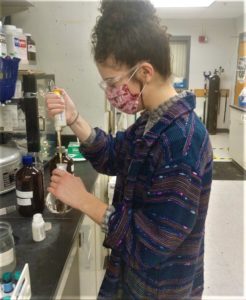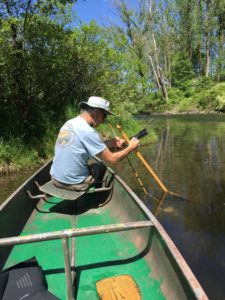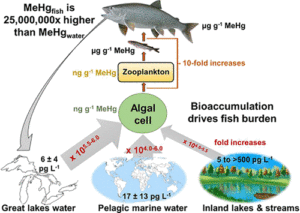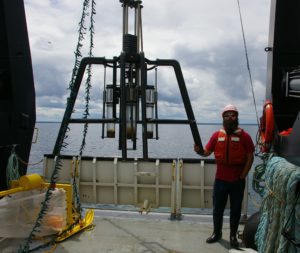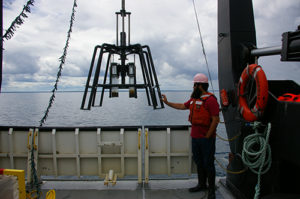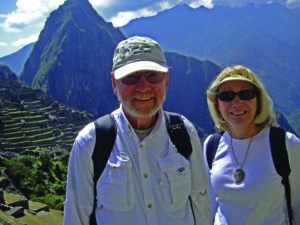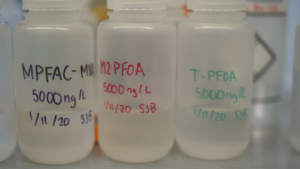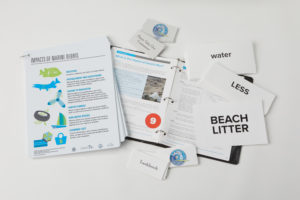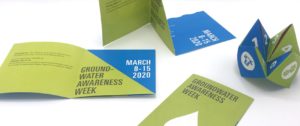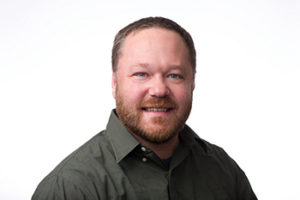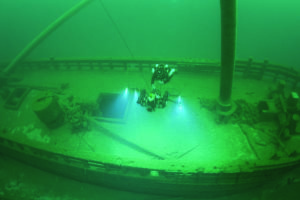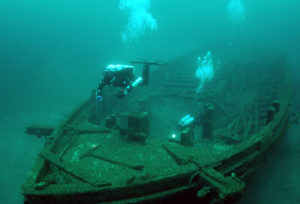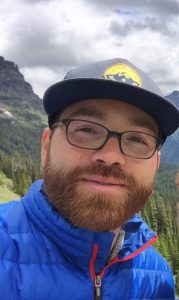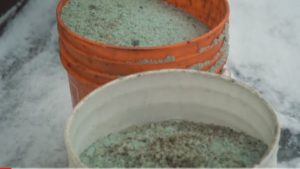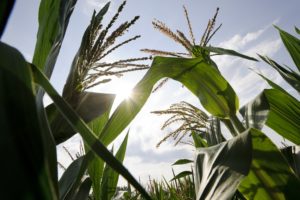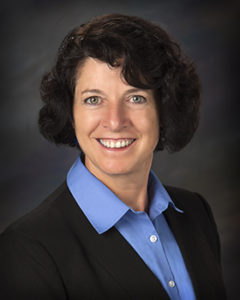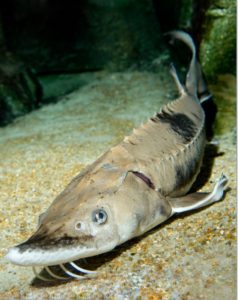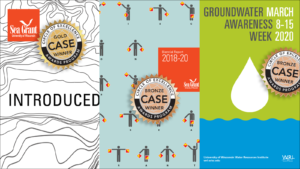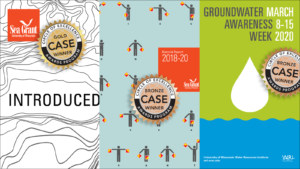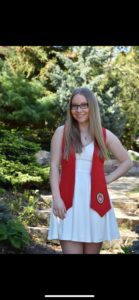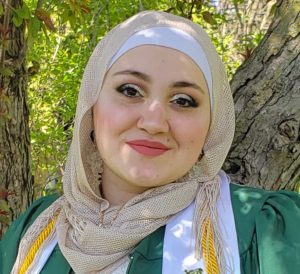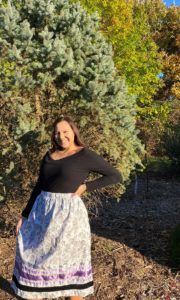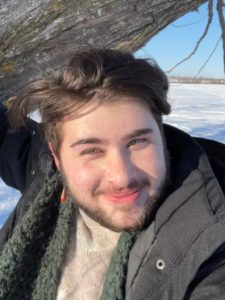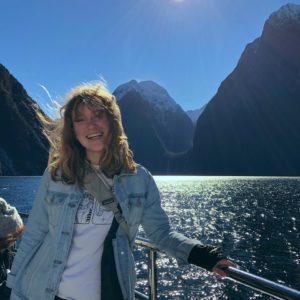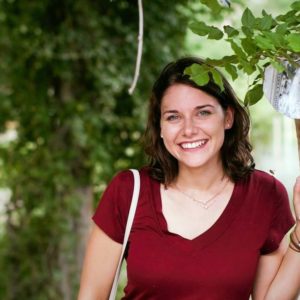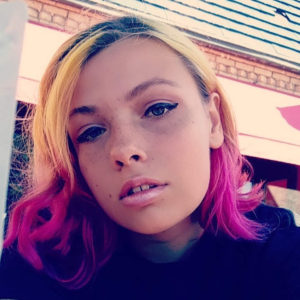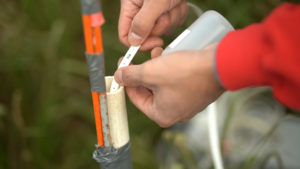A Great Lakes champion and prolific researcher of Green Bay dies
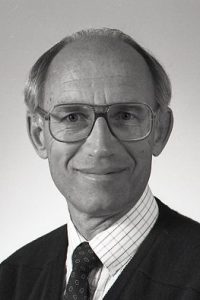
Pioneering researcher of Green Bay, Paul Sager, recently died. He built understanding of the bay and shaped whole-ecosystem policies. Photo courtesy of UW-Green Bay.
A Great Lakes champion and respected researcher, Paul Sager, passed away in late August. Sager had 20 of his research projects funded by Sea Grant. He was instrumental in the early days of the program’s history in Green Bay and establishing a foundational understanding of the bay and its influence on Lake Michigan.
He served as a member of the Sea Grant Advisory Council, as well as the Sea Grant Green Bay Subcommittee Steering Committee.
Sager took emeritus status at the University of Wisconsin-Green Bay in 2000. Prior to that, he taught 13 different courses and filled numerous administrative roles on the campus for 33 years.
Longtime Sea Grant Advisory Council Member Hallett J. “Bud” Harris said, “Professor Sager’s research has been instrumental in the identification and formation of policy initiatives that have led to improvements in the overall quality of the Green Bay ecosystem.”
Sager contributed the Fox River Remedial Action Plan and the Wisconsin Department of Natural Resources’s Total Maximum Daily Load plan.
He is survived by his wife, daughter, son, sister and five grandchildren.
The post A Great Lakes champion and prolific researcher of Green Bay dies first appeared on Wisconsin Sea Grant.
News Releases | Wisconsin Sea Grant
News Releases | Wisconsin Sea Grant
https://www.seagrant.wisc.edu/news/a-great-lakes-champion-and-prolific-researcher-of-green-bay-dies/?utm_source=rss&utm_medium=rss&utm_campaign=a-great-lakes-champion-and-prolific-researcher-of-green-bay-dies

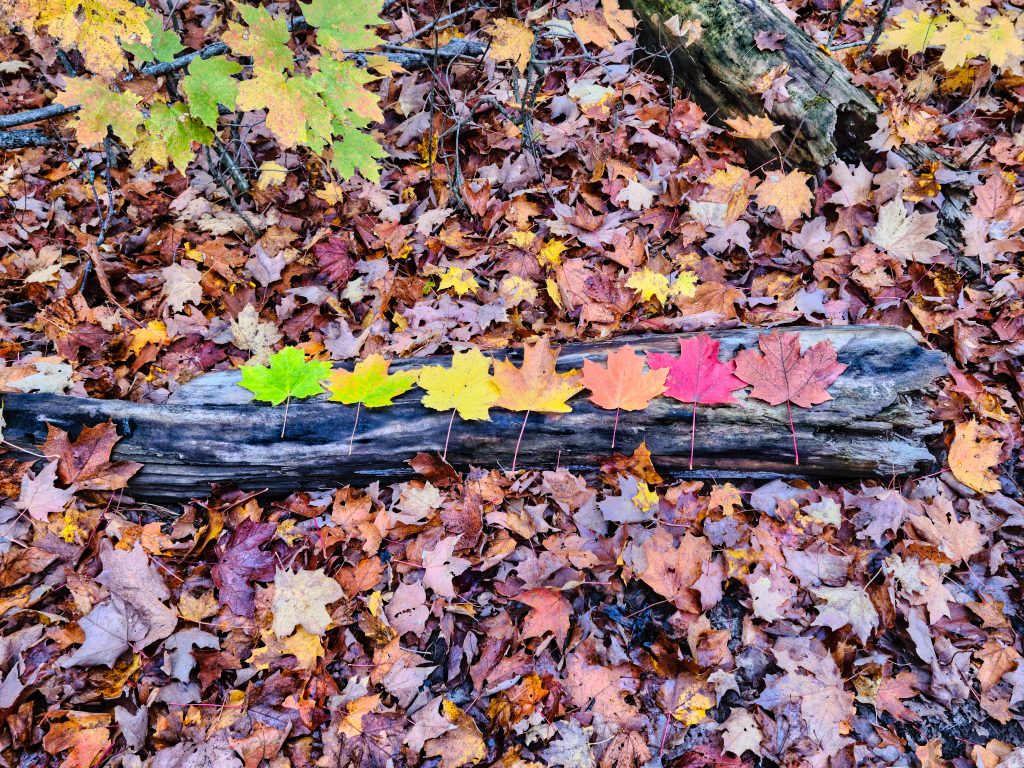
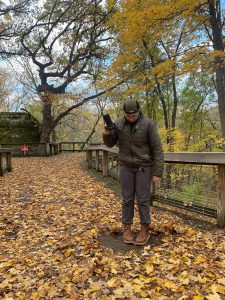
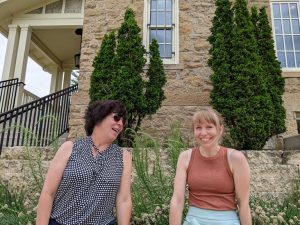
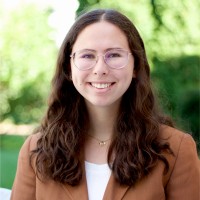
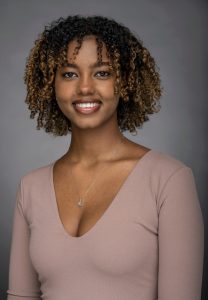
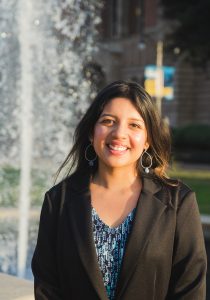
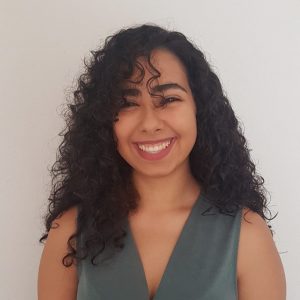
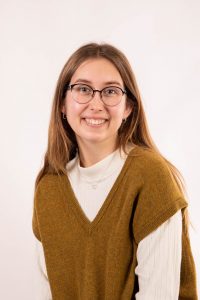
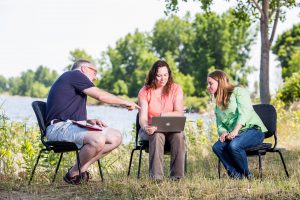
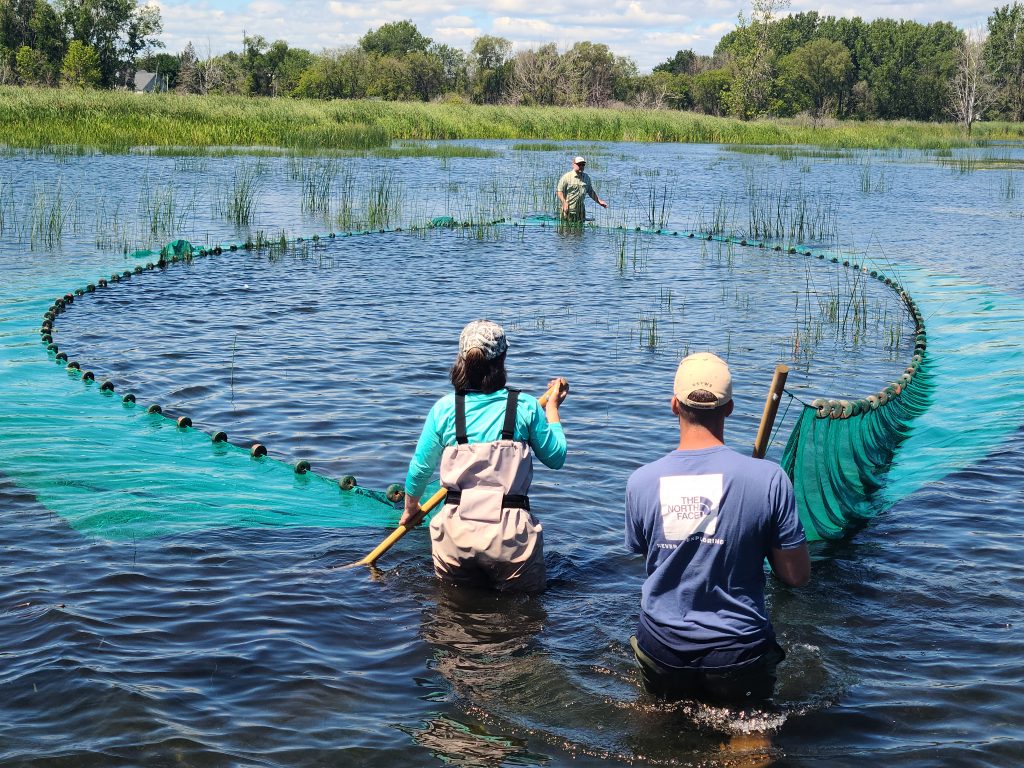
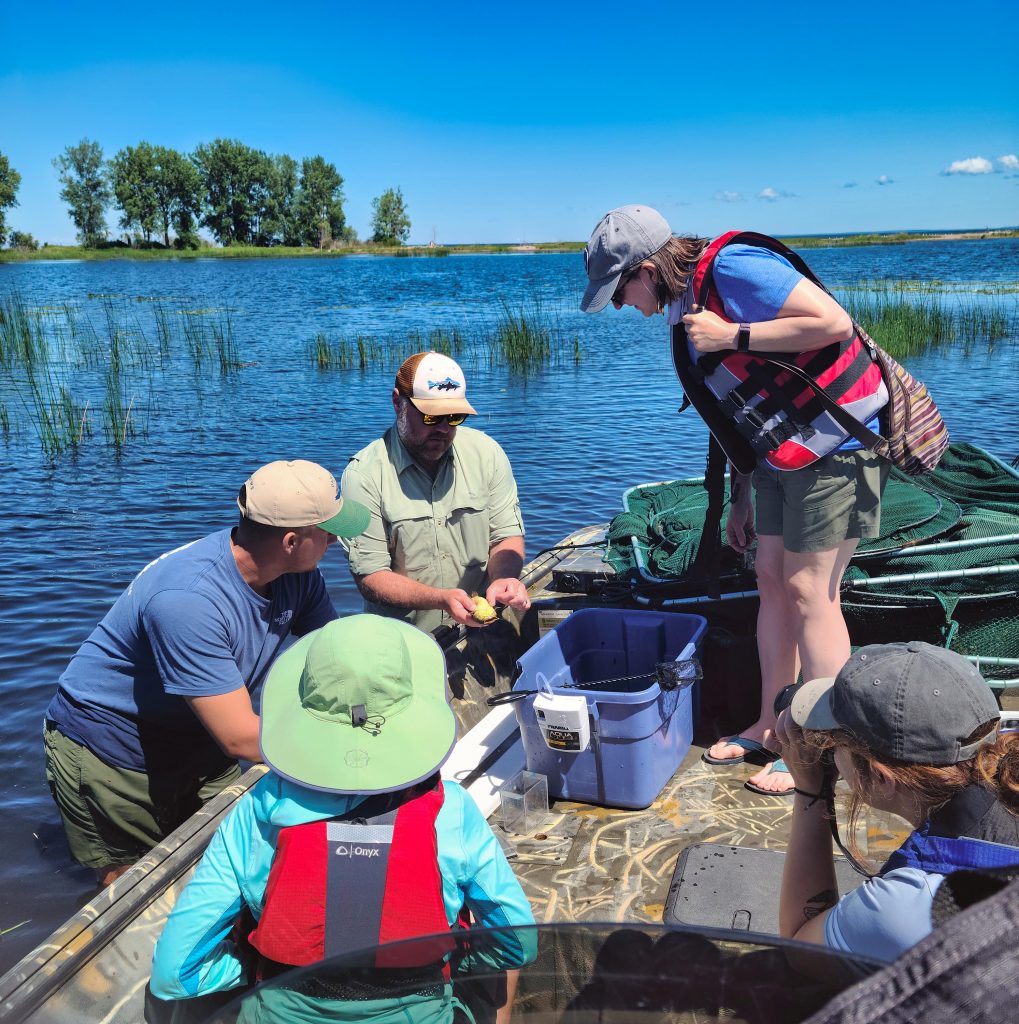
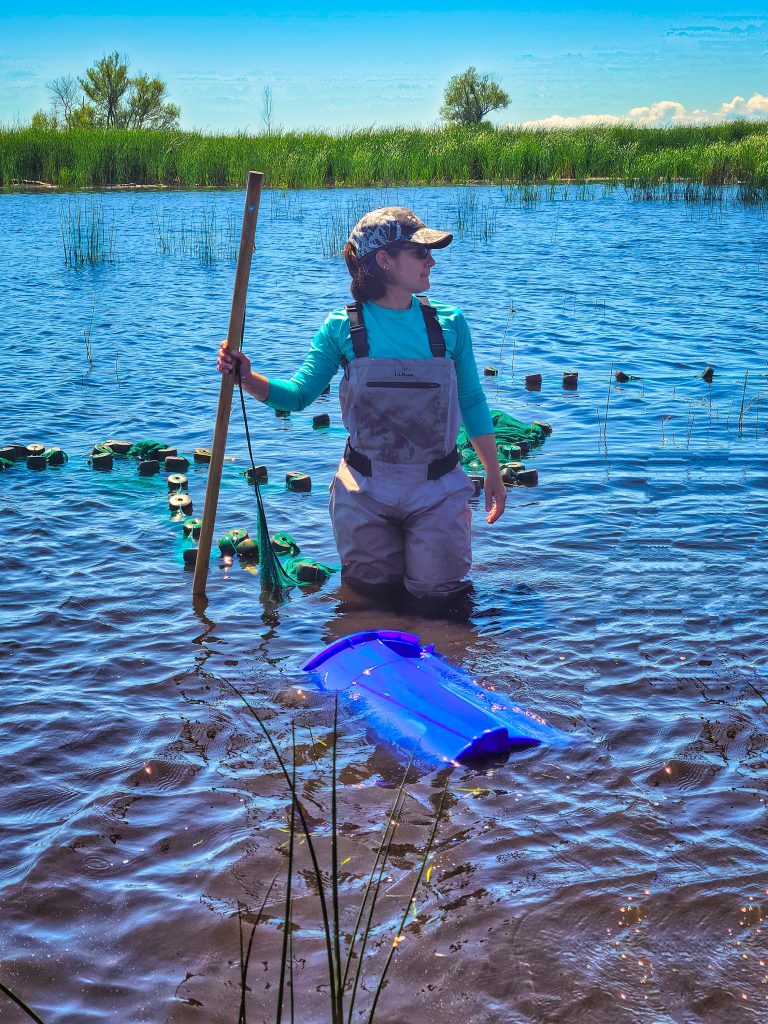
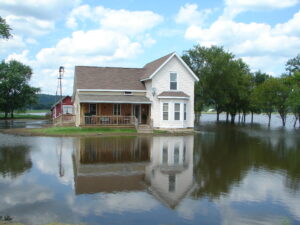
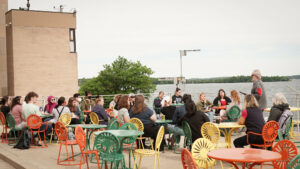
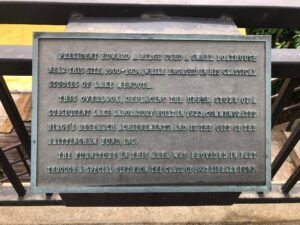
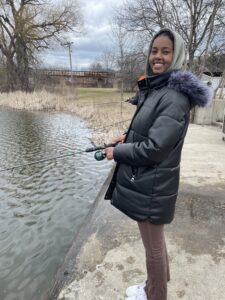
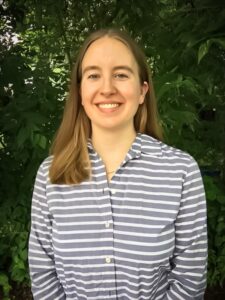
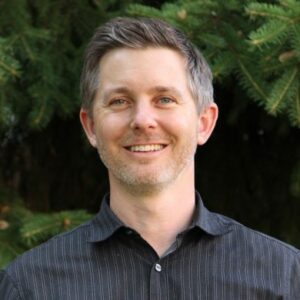
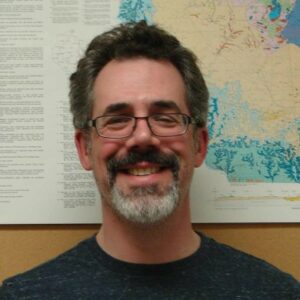
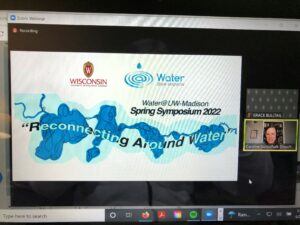
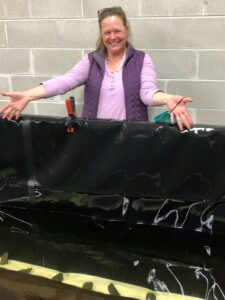
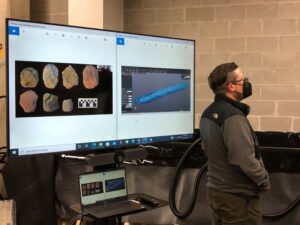
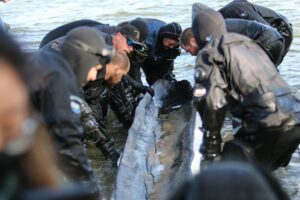
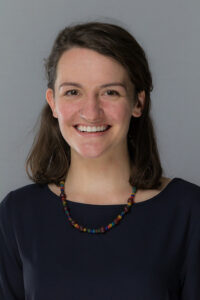
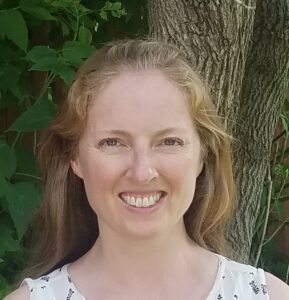
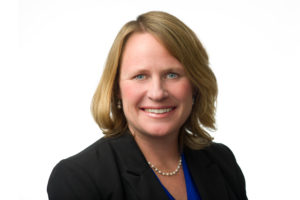
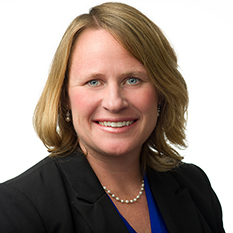
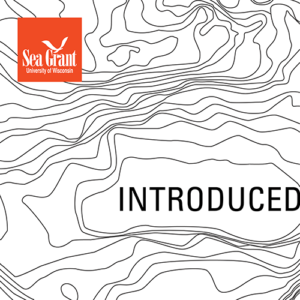
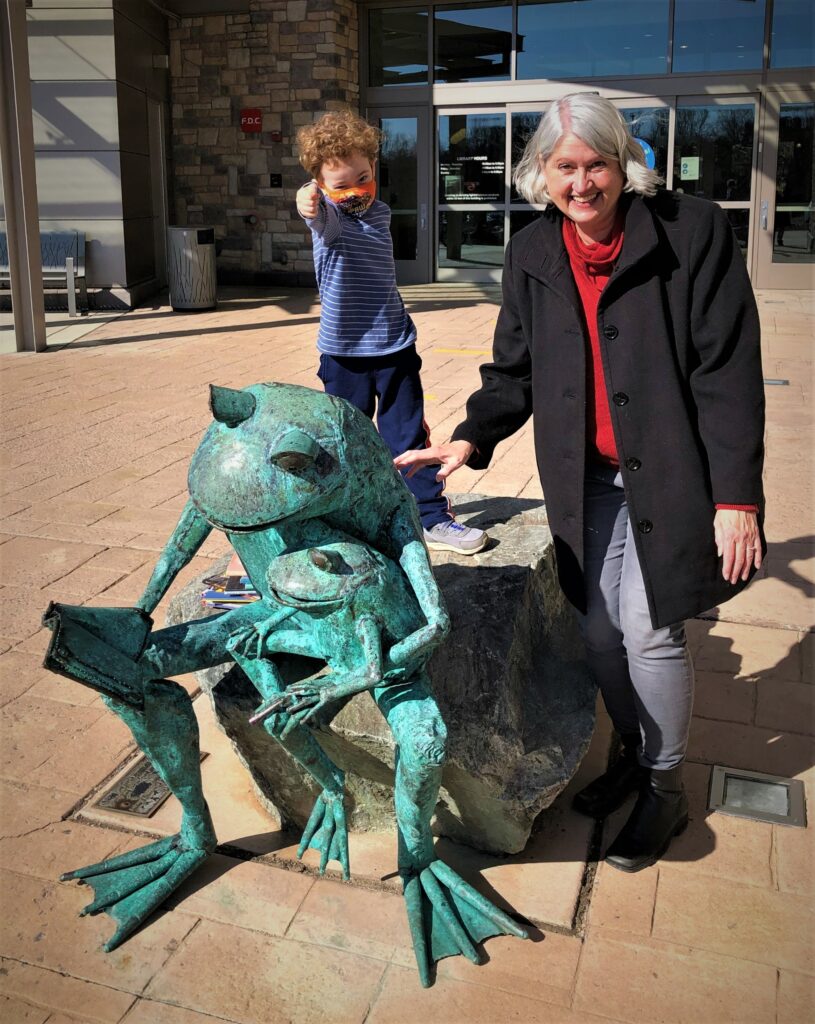
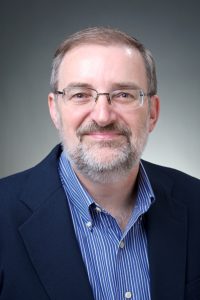
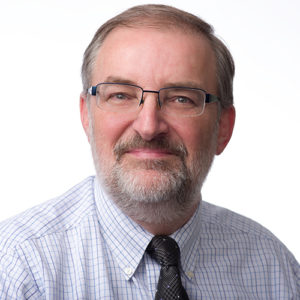
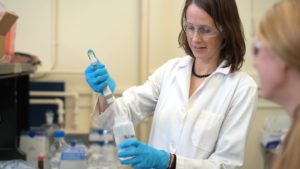
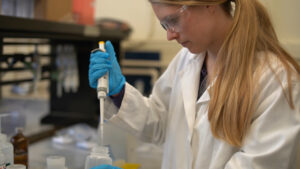
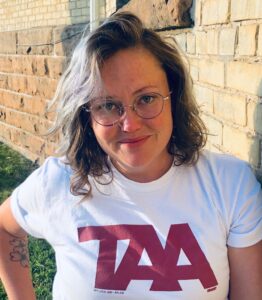 “When it comes to understanding what I study in history, which is the intersection of science, policy and the environment, I’m looking at how science and technology have influenced how we think and make decisions about the ocean,” Newton said, “Thinking through those questions with oceans gives unique perspectives because it’s a place where people don’t generally live and there are ambiguous delineations in territory and sovereignty.”
“When it comes to understanding what I study in history, which is the intersection of science, policy and the environment, I’m looking at how science and technology have influenced how we think and make decisions about the ocean,” Newton said, “Thinking through those questions with oceans gives unique perspectives because it’s a place where people don’t generally live and there are ambiguous delineations in territory and sovereignty.”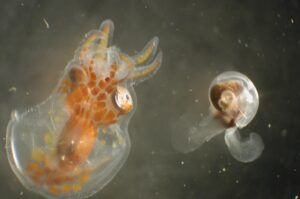
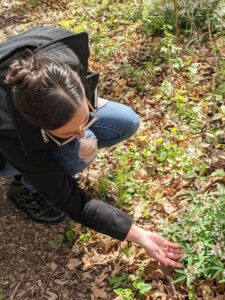
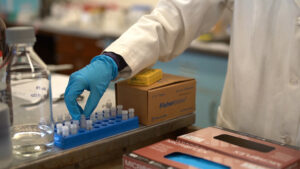
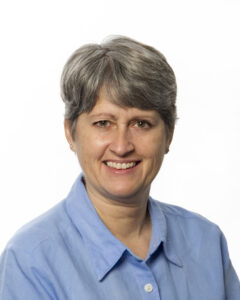
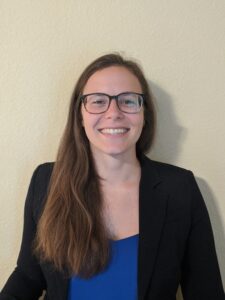
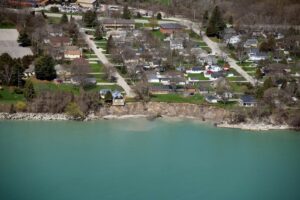
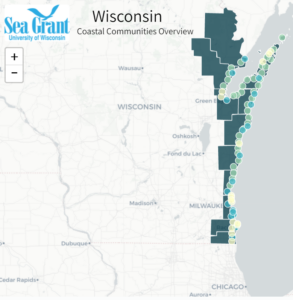
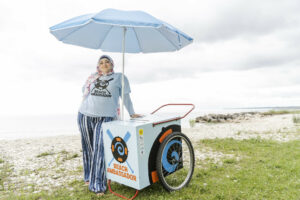
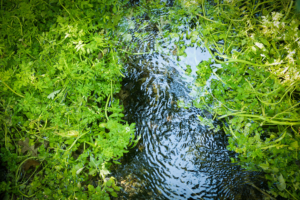 It’s the contributions from water researchers and managers that help us all understand and protect these precious assets. Here is a year in
It’s the contributions from water researchers and managers that help us all understand and protect these precious assets. Here is a year in 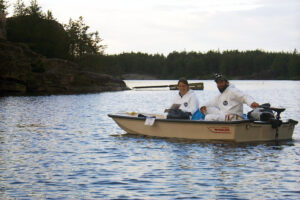
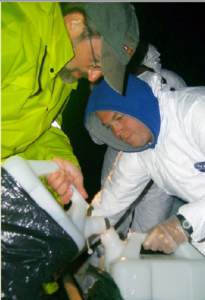
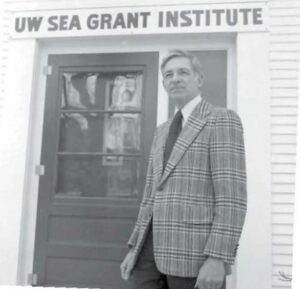
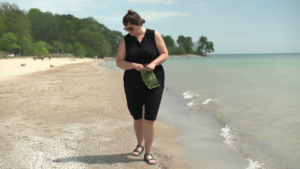
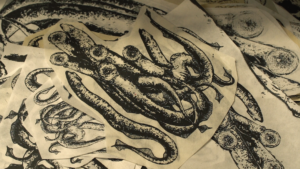
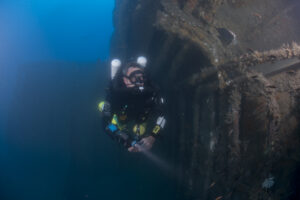
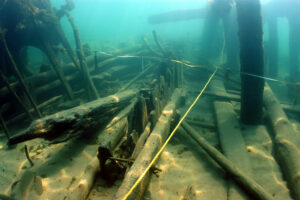
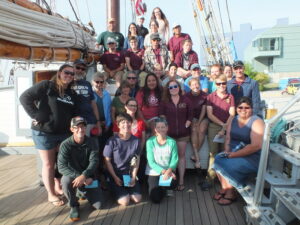

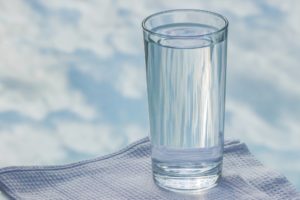
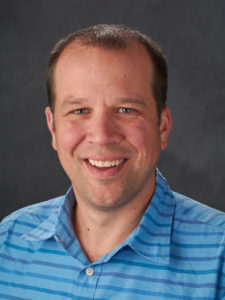
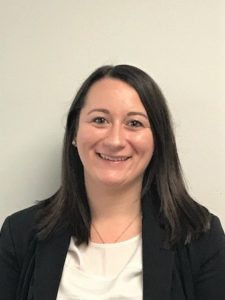
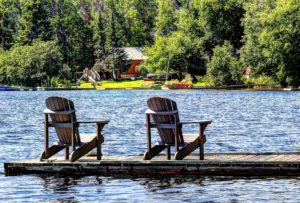 Oct. 6, 2021
Oct. 6, 2021